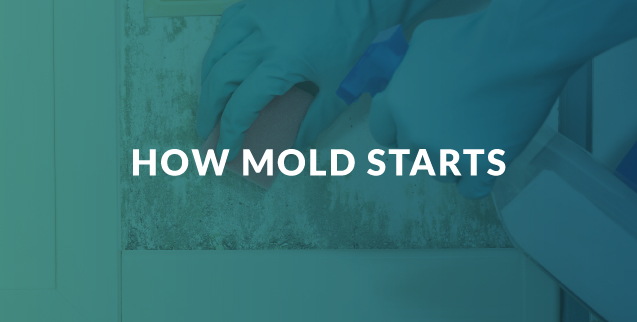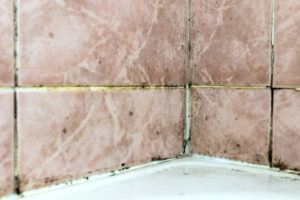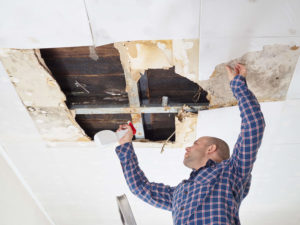
How Mold Starts Growing in Your Home
You may have noticed the musty smell in your attic or seen the discoloration on the walls of your bathroom that signifies that mold is present. The earthy odor and staining are signs not easily missed.
In the damp and humid climate of the South, mold and mildew are common findings in our homes and buildings. With the health effects mold causes, we try to prevent it from cropping up as much as we can, but it’s not always the easiest task. Find out how mold starts to grow in your home and what you can do to keep your home mold free.
How Mold Starts to Grow
Mold is a fungus that grows naturally. It can be found in both indoor and outdoor environments and spreads by releasing spores. Mold is easy to find in any environment because it only needs three elements to grow – water, food, and warmth.
Areas like your kitchen and bathroom are usually more susceptible to mold growth because of the water pipes found in the rooms. High humidity levels in your home, however, can provide enough moisture for mold to grow in other areas of your home as well.
Mold likes warm temperatures and thrives in the temperatures humans find comfortable. According to North Carolina Health and Human Services, mold grows best in temperatures between 60 degrees and 80 degrees Fahrenheit. With the high humidity levels and the warm temperatures of the South, you have two of the three elements needed to grow mold in your home.
The third element needed for mold growth, food, is not hard to find. Mold uses any organic substance as its food source such as paper, dust, or even small crumbs. Once the mold has a food source, water, and warm temperatures, it can begin growing in your home in as little as 24 hours.
How to Prevent Mold from Growing
Mold cannot grow in your home without all three elements being present. Since we live in the same temperatures that mold lives in, and organic material can be found almost everywhere, keeping the humidity levels down in your home will be the key to preventing mold.
The United States Environmental Protection Agency suggests that you keep the humidity levels in your home between 30 and 50 percent to prevent mold growth. A dehumidifier can help keep moisture levels down. In addition, you can help prevent mold by removing excess materials in your home and ventilating areas with water pipes often.
How to Get Rid of Mold
If you do find mold in your home, it is best to call a professional mold remediation company to safely remediate the fungi. When disturbed, mold releases spores into the air, which in addition to helping it grow, can cause allergic reactions and breathing problems. Mold remediation companies have special equipment and take specific precautions to contain and safely remove mold.
Keep your home mold-free by lowering your home’s humidity levels below 60 percent. Lowering humidity levels should keep your home mold free, however, if you do find mold in your home, call CLEAR Restoration. With trained mold remediation specialists and industry-grade equipment, CLEAR Restoration will remove all traces of mold from your home so you can live with peace of mind.



